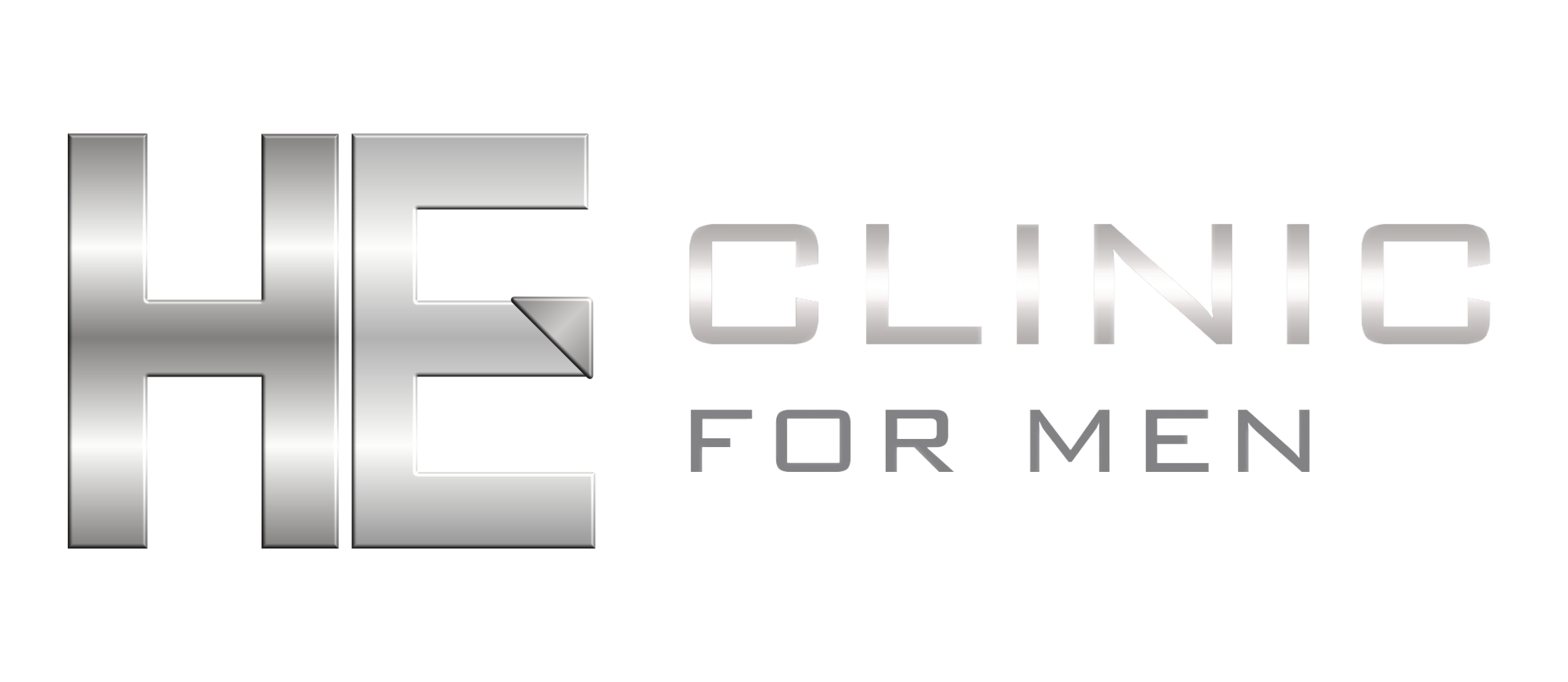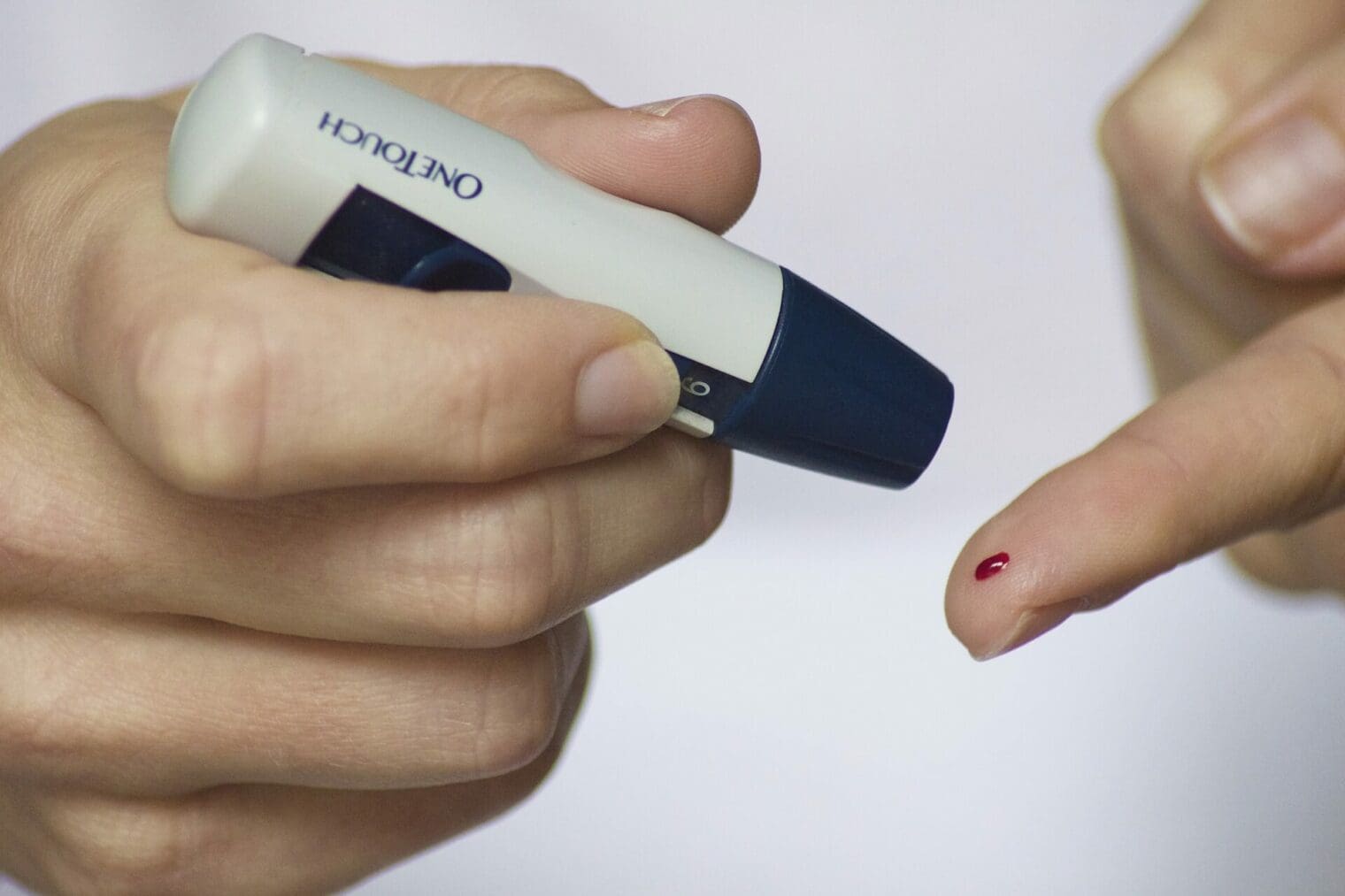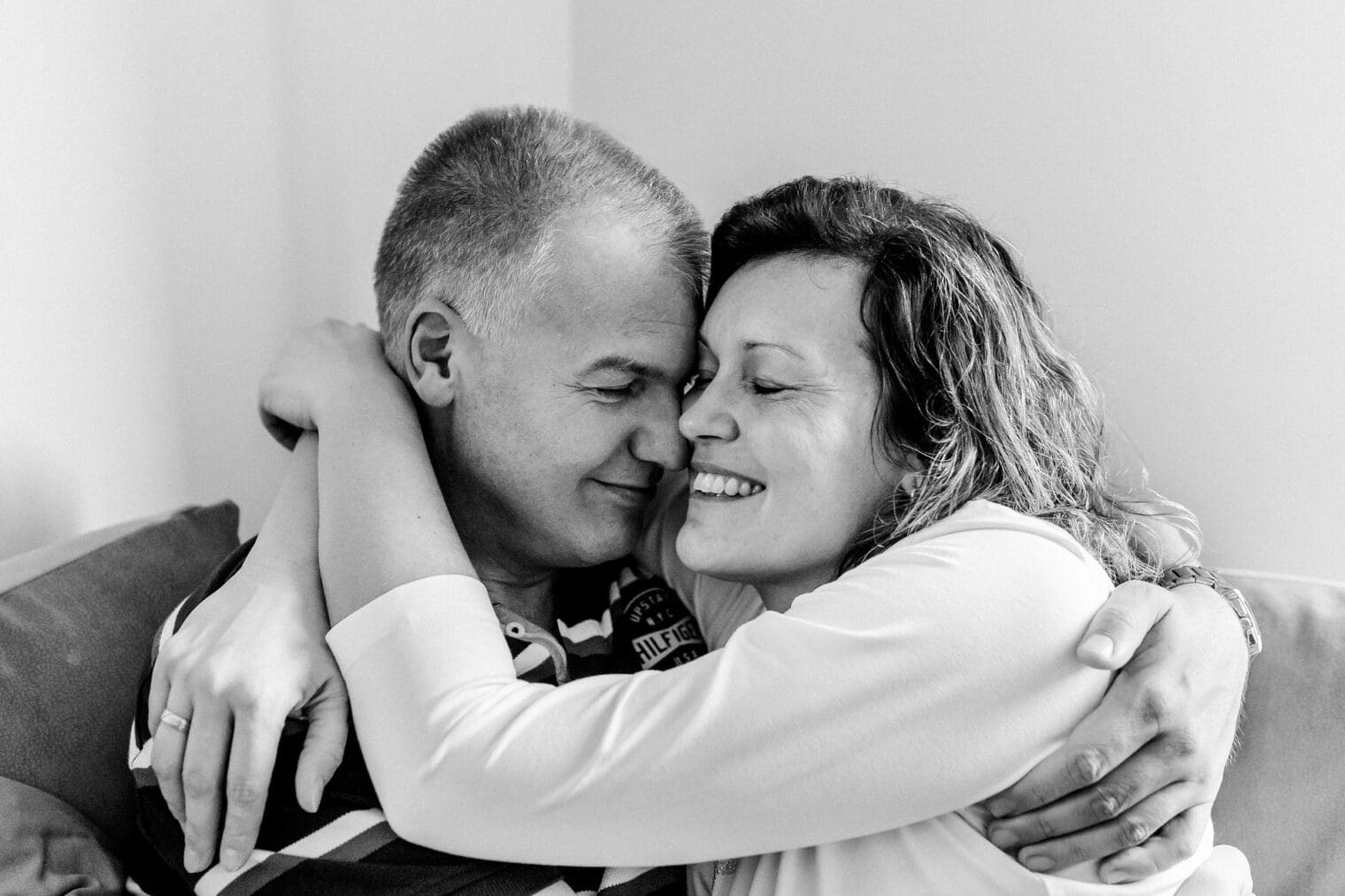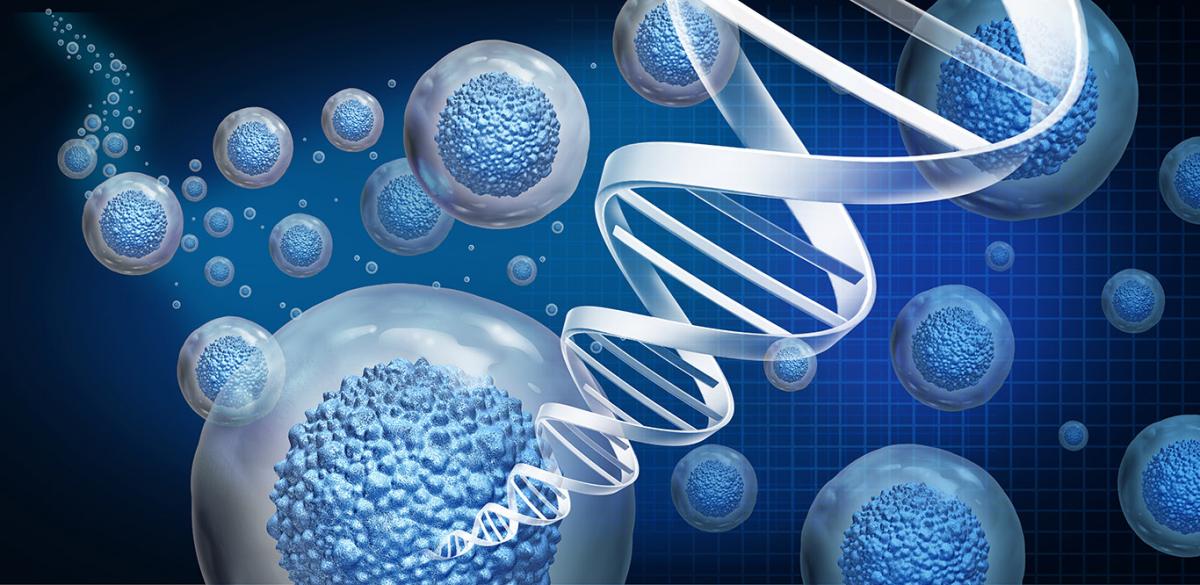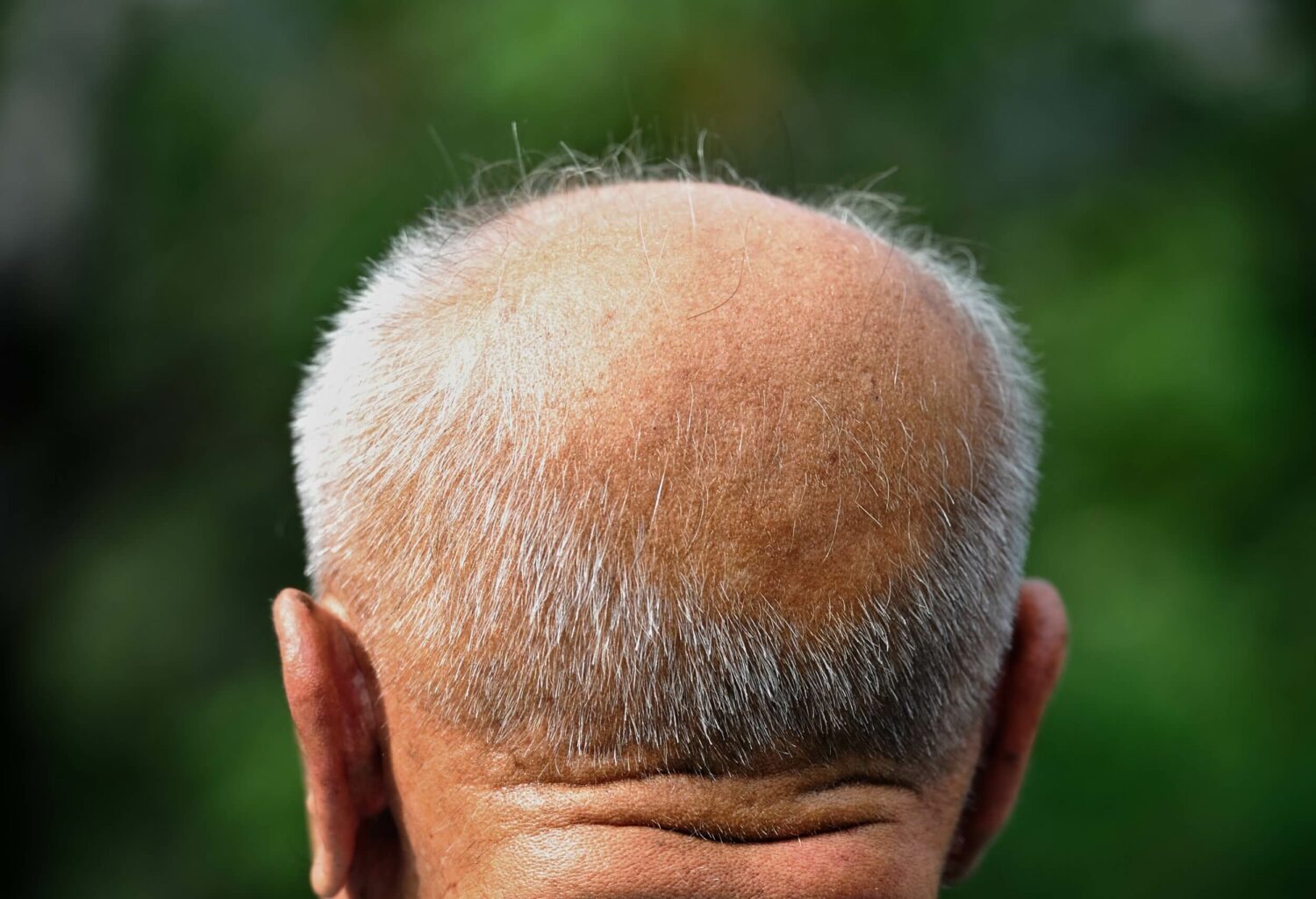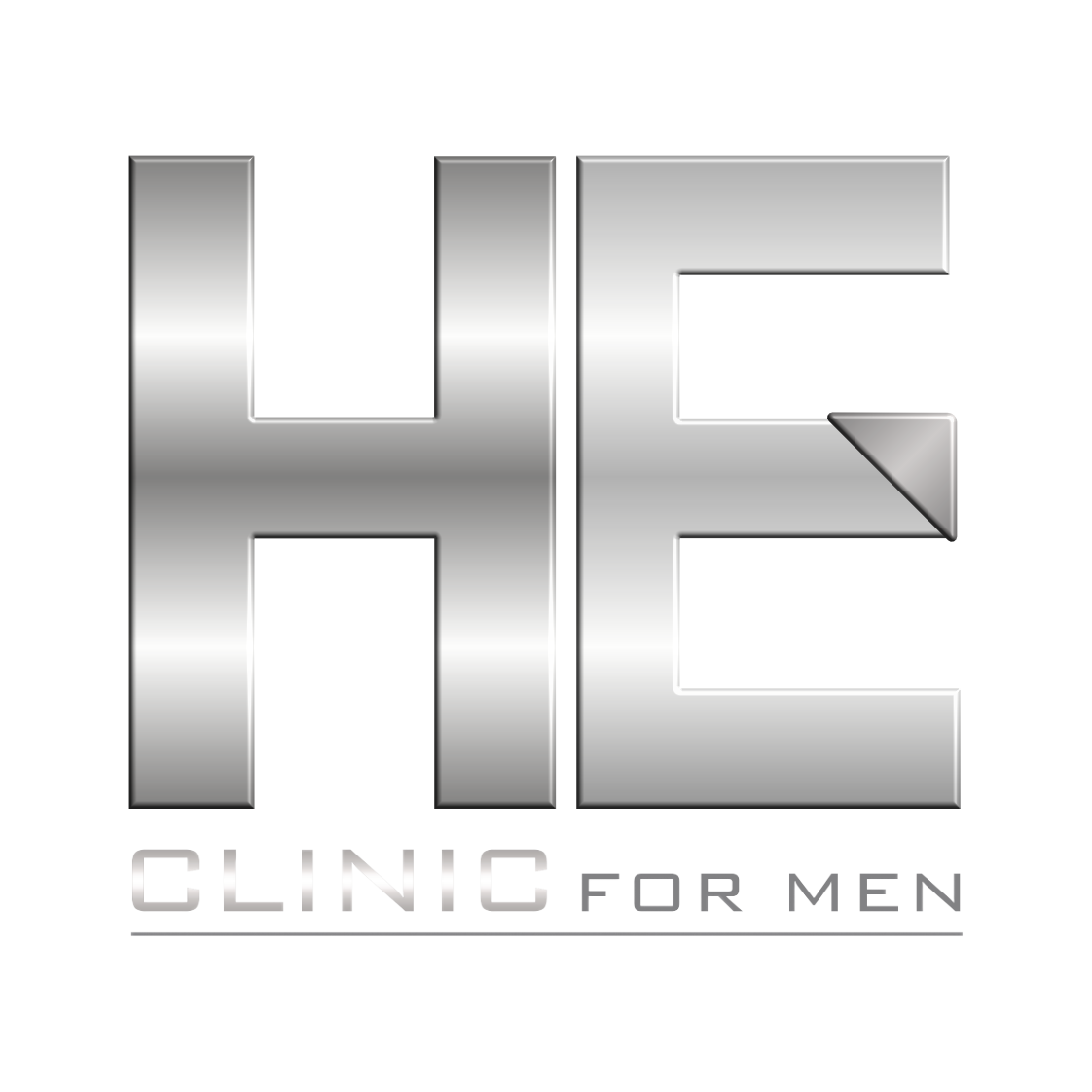Gettign Stem cell treatments for hair restoration is a viable solution in 2024. Hair loss can be a distressing experience, affecting not just one’s appearance but also self-confidence. Whether it’s due to genetics, ageing, or other health conditions, countless individuals are on the lookout for effective baldness treatment and hair regrowth solutions.
Amidst various options available today, stem cell treatments for hair restoration stand out as a promising frontier in regenerative medicine for hair loss.
Stem cell therapy offers a groundbreaking approach to tackling the problem of thinning hair and alopecia by utilising the body’s own cells to stimulate hair follicle regeneration. This article delves into how stem cell technology is revolutionising hair transplantation and rejuvenation methods.
From understanding what these treatments entail to exploring their potential in returning one’s lush locks, we cover all you need to know about this innovative form of baldness treatment.
Discover how science is bringing new hope to those dreaming of luscious hair once more. Let’s find out more about Stem cell treatments for hair restoration in 2024.
Understanding Stem Cell Treatments for Hair Restoration
Understanding Stem Cell Treatments for Hair Restoration involves grasping the concept of stem cells, understanding the causes of hair loss, and being aware of the current options available for hair loss treatment.
What are stem cells?
Stem cells are foundational building blocks in the human body with the remarkable ability to develop into various types of cells. They can repair and rejuvenate tissues by dividing and transforming them into specialised cells such as those found in hair follicles.
This characteristic makes them a powerful tool for innovative therapies, including stem cell treatment for baldness and hair regrowth using stem cell therapy.
These unique cells play a crucial role in hair restoration techniques like stem cell transplantation and scalp rejuvenation. By harvesting these cells from areas rich in them, such as adipose tissue or umbilical cord blood and their own cells from hair grafts scientists and doctors aim to treat hair thinning and loss effectively.
The potential of stem cells extends beyond simple treatments, paving the way for groundbreaking approaches to combat alopecia. Next, we’ll explore the causes of hair loss, shedding light on why stem cell therapy could be an effective solution.
Causes of hair loss
Several factors can contribute to hair loss, including genetics, hormonal changes, medical conditions such as alopecia areata or thyroid disorders, and certain medications like chemotherapy drugs or blood thinners.
Nutritional deficiencies, particularly in iron and protein, can also lead to hair thinning or shedding. Additionally, external stressors such as excessive hairstyling or harsh chemical treatments can weaken the hair follicles and result in temporary or permanent hair loss.
Furthermore, age is a significant factor in hair loss; as individuals grow older, their rate of hair growth decreases while the likelihood of experiencing thinning or balding increases.
These causes underline the need for effective solutions to address various types of hair loss and promote natural hair restoration through innovative treatments like stem cell therapy.
By harnessing the regenerative potential of stem cells from different sources such as adipose tissue and umbilical cord blood combined with advanced techniques like PRP therapy and stem cell injection, it offers promising results for those seeking non-surgical alternatives for combating hair loss. Keep reading to learn more about stem cell treatments for hair restoration.
Current options for hair loss treatment
Traditional hair loss treatments include medications such as minoxidil (Rogaine) and finasteride (Propecia), which are often used to slow down hair thinning and promote regrowth. Additionally, another option is low-level laser therapy, a non-invasive treatment that stimulates hair follicles.
Researchers have also been exploring the use of platelet-rich plasma (PRP) therapy for hair restoration. This involves injecting the patient’s own blood into the scalp to encourage hair growth.
However, these stem cell treatments for hair restoration options may not be effective for everyone and can come with their own set of limitations.
For those seeking more advanced alternatives, stem cell therapy has emerged as a promising approach for addressing hair loss and promoting new hair growth while minimising potential side effects.
How Stem Cells Can Help Regrow Hair
Stem cells from hair follicles, adipose tissue, and can be used to promote hair regeneration. These stem cell treatments for hair restoration have shown potential in stimulating new hair growth and reversing the effects of hair loss.
Using stem cells from hair follicles
Stem cells from hair follicles play a crucial role in regenerating hair. These specialised cells have the potential to stimulate dormant hair follicles, promoting new growth. When used in hair restoration treatments, these stem cells can aid in improving hair density and quality, providing long-lasting results.
The process involves extracting a small sample of skin tissue containing the stem cells from the patient’s scalp. These cells are then isolated and processed before being injected into the areas experiencing hair loss, effectively kickstarting the rejuvenation process.
Utilising stem cells from hair follicles has shown promising results in combatting various types of alopecia by stimulating natural regrowth and thickening existing strands. This method offers a non-invasive alternative to traditional transplant procedures, making it an attractive option for individuals seeking effective and lasting solutions for their hair loss concerns.
Treating hair loss with adipose tissue
Transitioning from using stem cells from hair follicles to treating hair loss with adipose tissue, another innovative approach involves the use of adipose tissue for hair restoration.
Adipose tissue, also known as fat or liposuction fat, contains a rich source of adult stem cells that can contribute to hair rejuvenation and regeneration. The adipose-derived stem cells have shown promising potential in stimulating hair growth by promoting the proliferation of dermal papilla cells and inducing new blood vessel formation in the scalp.
This method offers a minimally invasive option for individuals seeking effective solutions for their hair loss concerns while harnessing the regenerative power of stem cell technology.
Utilising adipose tissue as a treatment for hair loss provides an exciting avenue for those exploring non-surgical alternatives to conventional methods. Studies have indicated that this approach has demonstrated encouraging results in enhancing natural hair regrowth and improving overall scalp health, making it a noteworthy consideration within the realm of modern-day hair restoration therapies.
Hair loss treatment using umbilical cord blood
Umbilical cord blood contains a rich source of stem cells that can stimulate hair follicles and promote hair growth. This innovative treatment for hair loss involves injecting the concentrated umbilical cord blood into the scalp to rejuvenate dormant hair follicles and encourage new growth.
Research has shown promising results, with studies indicating improved hair density and thickness after receiving this type of therapy. The regenerative properties of umbilical cord blood make it a potential game-changer in the field of hair restoration, offering hope to those experiencing various forms of alopecia.
Stem cell treatments for hair restoration is also being utilised in conjunction with umbilical cord blood treatment to address different types of hair loss conditions effectively. The combination of these advanced therapies underscores the potential for significant advancements in non-surgical treatments for individuals seeking effective options for natural-looking and long-lasting results.

The Procedure of Stem Cell Hair Restoration
stem cell treatments for hair restoration involve a transplant procedure, recovery, potential side effects and complications, as well as the success rate and cost. Learn about stem cell therapy for hair growth by delving into the process further.
Stem cell hair transplant procedure
The stem cell hair transplant procedure involves extracting a small amount of hair grafts. Then, processed to isolate and concentrate the stem cells.
These activated stem cells are then injected into the scalp where hair loss has occurred. The regenerative properties of these stem cells stimulate hair follicles, promoting natural hair growth.
This innovative technique shows promise in providing effective and long-lasting results for individuals seeking non-surgical alternatives to traditional hair restoration methods.
This procedure offers a cutting-edge solution for those looking to regenerate their natural hair without undergoing invasive surgical procedures such as traditional hair transplants.
By harnessing the power of stem cells, this method addresses one of the key factors contributing to hair loss – stimulating dormant follicles to promote new growth. With ongoing advancements in stem cell technology for hair restoration, this procedure paves the way for a more accessible and efficient approach towards combating hair loss. These are imporrtant things you need to know about stem cell treatments for hair restoration.
Recovery process
After the stem cell hair restoration procedure, patients typically experience some mild redness and swelling at the treatment site. This usually subsides within a few days. It is advisable to avoid vigorous activities for a week post-treatment to facilitate recovery.
Most patients can resume their normal daily routine immediately after the procedure.
Minor discomfort or tenderness at the treatment area may occur but typically resolves within a week. The recovery process generally proceeds smoothly, with most individuals experiencing minimal downtime and no extended recovery period.
The stem cell treatments for hair restoration process provides a safe and effective approach for addressing hair loss concerns, resulting in natural-looking regrowth of hair.
Potential side effects and complications
The procedure of stem cell treatments for hair restoration, while promising, may come with potential side effects and complications. These can include swelling, bruising, or discomfort at the injection site.
In some cases, patients may experience infection or scarring. Additionally, there is a small risk of allergic reaction to the injected substances. It’s essential for individuals considering this treatment to discuss these aspects thoroughly with their healthcare provider and be aware of the possible risks involved.
Moreover, it’s important to note that some individuals may not be suitable candidates for stem cell hair restoration due to underlying health conditions or insufficient donor-site quality.
Furthermore, as with any medical procedure, there is always a possibility of unsatisfactory results despite meticulous planning and execution. Therefore, prospective patients should carefully weigh the benefits against these potential side effects and complications before deciding on undergoing stem cell hair restoration therapy.
The Future of Hair Restoration: Stem Cell Therapy
The Future of Hair Restoration: Stem Cell Therapy holds promise for non-surgical hair restoration, ongoing research and clinical trials. The availability and cost of stem cell treatments for hair restoration are also being explored.
Potential for non-surgical hair restoration
Non-surgical hair restoration methods using stem cell therapy show promising potential. These procedures offer an innovative approach to combating hair loss without invasive surgery.
Stem cell treatments for hair restoration, such as adipose tissue and umbilical cord blood therapy, provide a non-invasive alternative to traditional surgical options. Moreover, these non-surgical methods contribute to quicker recovery times and fewer complications compared to surgical interventions.
This makes them a preferred choice for individuals seeking effective and minimally invasive solutions for hair restoration.
Utilising stem cells in non-surgical techniques enables the regeneration of hair follicles and promotes natural growth without the need for extensive surgical procedures or transplants.
Furthermore, these treatments have shown positive outcomes in promoting thicker, fuller hair with minimal downtime, making them increasingly popular among those seeking gentler yet effective approaches to address their hair loss concerns.
Ongoing research and clinical trials
Ongoing research and clinical trials are shaping the future of stem cell treatments for hair restoration. Scientists are conducting extensive studies to explore the effectiveness of different types of stem cells in regenerating hair follicles and treating various forms of hair loss.
Clinical trials have shown promising results, indicating that stem cell treatments may offer a viable solution for individuals experiencing hair thinning or baldness.
Research has also focused on optimising the delivery methods of stem cells to target specific areas for maximum efficacy. Furthermore, ongoing investigations aim to determine the long-term safety and durability of results associated with stem cell therapy for hair restoration.
As this field continues to advance, it holds significant potential in revolutionising traditional approaches to addressing hair loss concerns. And especially where stem cell treatments for hair restoration are concerned.
Availability and cost of stem cell hair restoration treatments
Stem cell treatments for hair restoration are becoming more widely available at specialised clinics and medical centres. The cost of these procedures varies based on the type of treatment, with stem cell injections and PRP therapy generally being more affordable options compared to stem cell transplants.
While costs can fluctuate depending on the region and provider, the average price for a single session of PRP or stem cell injection therapy ranges from £300 to £1000 in the UK. Stem cell hair transplant procedures may cost significantly more, typically ranging from £4000 to £10000 per treatment session.
As demand grows and technology advances, it is expected that the availability of stem cell treatments for hair restoration will continue to expand while potential costs could decrease over time.
In particular, ongoing research and development in this field aim to make these innovative solutions more accessible to individuals seeking effective hair loss therapies. That’s why you need to learn more about Stem cell treatments for hair restoration.
Stem Cell Treatments for Hair Restoration
Stem cell treatments for hair restoration offers promising solutions for addressing hair loss. By harnessing the regenerative potential of stem cells from various sources such as hair follicles, adipose tissue, and umbilical cord blood, innovative treatments can help stimulate natural hair growth.
With a focus on practicality and efficiency, these advancements in the field offer hope for those seeking effective non-surgical options for hair rejuvenation. Emphasising the importance of ongoing research and clinical trials underscores the potential impact of these cutting-edge approaches on the future of hair restoration.
For further exploration into this exciting realm, readers are encouraged to seek out additional resources that delve deep into tailored stem cell treatments for hair restoration to address their unique needs.
The ever-evolving world of stem cell treatments holds great promise not only for restoring lost hair but also potentially transforming traditional approaches to treating common cosmetic concerns. We hope this advice about Stem cell treatments for hair restoration helped you along the way.
